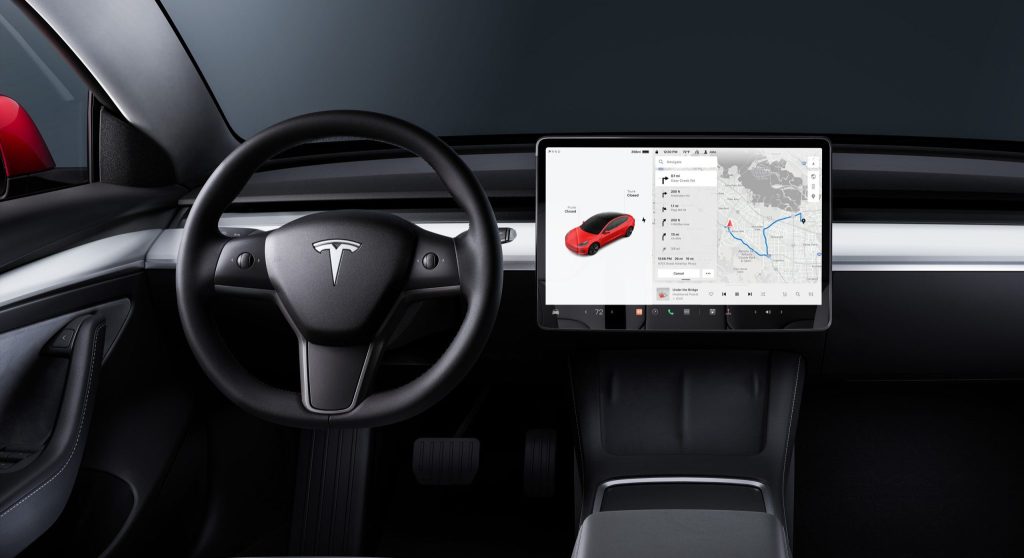Tesla, a pioneer in the electric vehicle industry, is reportedly considering a new approach to its vehicle features, which could potentially see the implementation of a pay-to-use model for certain amenities. A recent delve into Tesla’s latest software update by a renowned Tesla hacker, GreenTheOnly, hints at the possibility of heated front seats and heated windshield wipers becoming premium features in new Tesla Model 3 vehicles.
Tesla has previously restricted access to different features of their cars
The idea of software-locking is not new to Tesla. Previously, the company has restricted access to features like footwell lights in the Model 3 or additional battery capacity in older Model S and X variants, unlocking them for a fee. Notably, Tesla had charged for heated rear seats in some Model 3 versions but ceased this practice in 2022.

Tesla’s consideration to monetize these features, though not confirmed, follows its history of balancing cost and convenience. By potentially offering these features as optional extras, Tesla might aim to reduce the base price of its Model 3, making it more accessible while also opening a revenue stream post-sale.
This business model raises a critical question: Is Tesla setting a precedent for future vehicle customization, or is it creating a paywall that could detract from the user experience? While offering a lower base price with optional upgrades could attract a broader customer base, it also introduces a scenario where owners could feel nickel-and-dimed for features that were once standard.
An intriguing aspect of the software update was the discovery of a software-locked battery capacity in the Model Y’s Standard Range trim, a tactic Tesla has employed in the past. This strategy might be a strategic move to streamline production processes, yet it adds another layer to the debate on software-locking features.
As of now, the specifics of how and when these features might be implemented, and their potential costs, remain undisclosed. Tesla’s history shows that the company isn’t shy about reversing course on such decisions, as seen with the heated rear seats.
RELATED:
- Tesla Cyberquad for Kids is Back on Sale, Ensuring Harm-Free Fun for Kids
- Tesla’s Pricing Strategy Shakes Up U.S. Car Dealerships Amid EV Transition
- Best Smart Treadmills of 2023
(Via)




